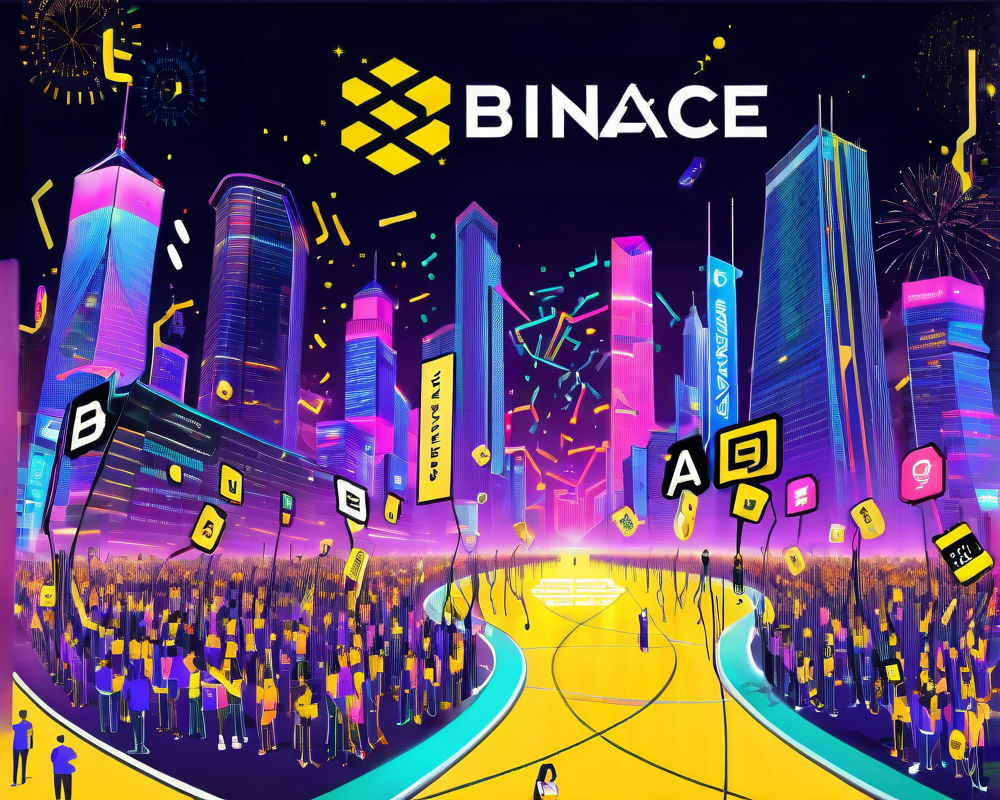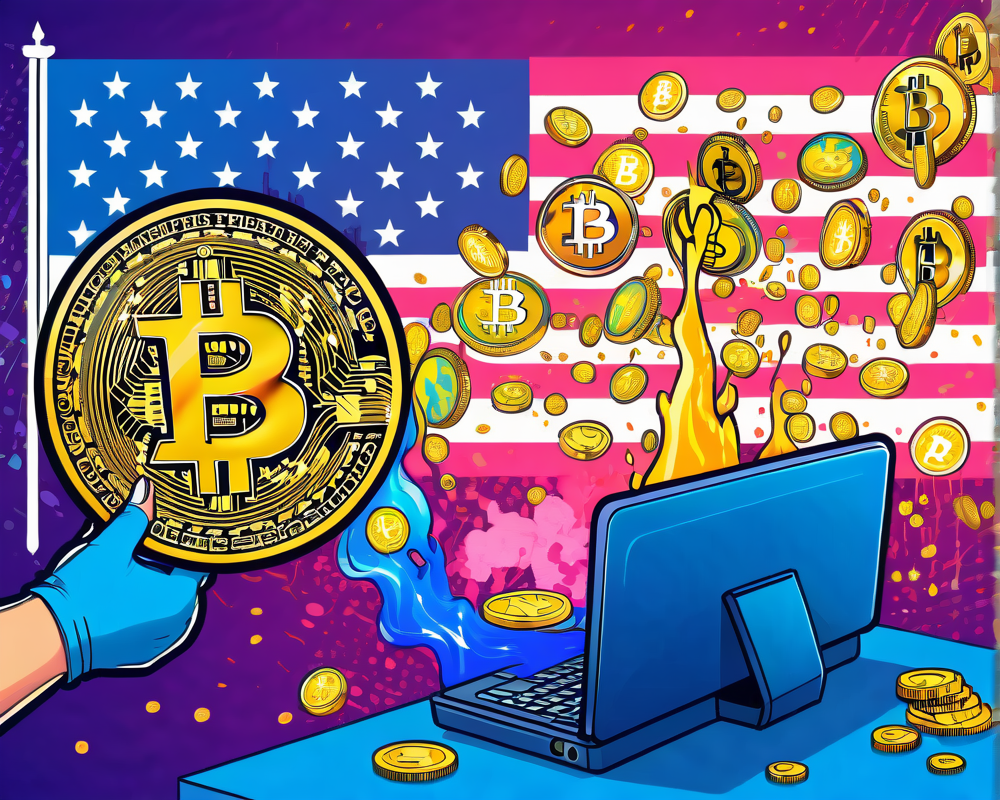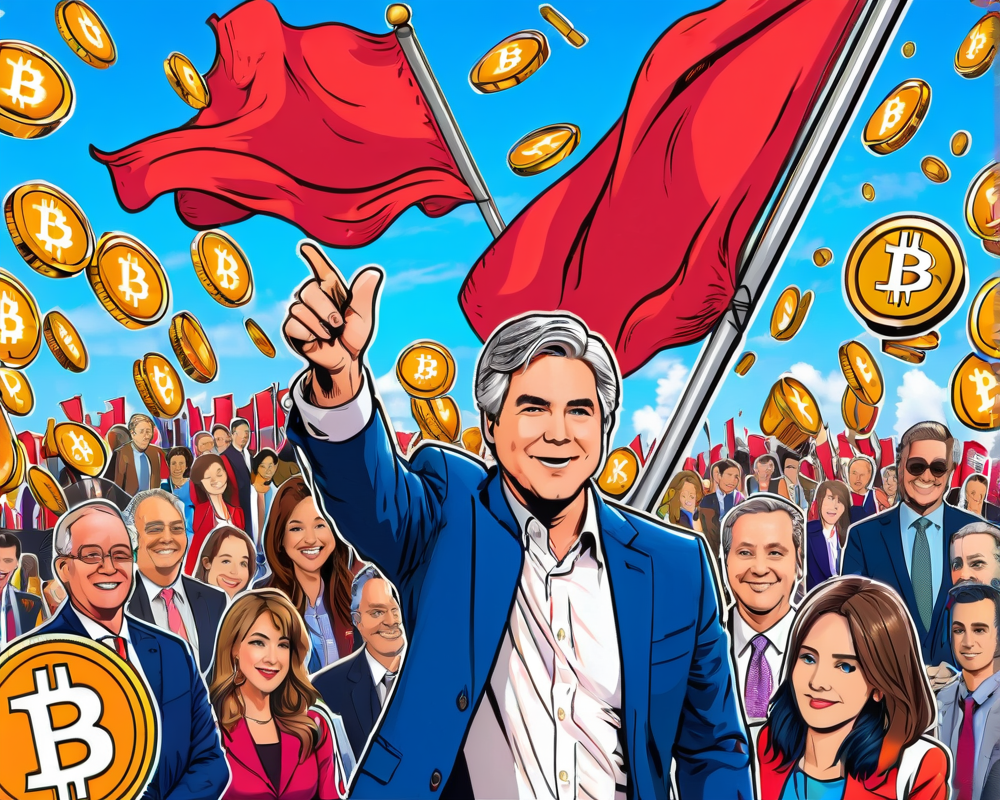The Birth of an Independent Smart Chain
On April 17, Binance Chain developers sparked excitement in the crypto community by releasing a white paper that laid out their grand vision for a new blockchain: the Binance Smart Chain (BSC). This isn’t just any blockchain; it’s like the sleek new model of your favorite car, equipped with all the smart features while maintaining the performance of the original. Why? Because the original Binance Chain hosts the Binance decentralized exchange, and adding smart contracts to that would be like trying to fit a square peg in a round hole.
Smart Contracts Without the Slowdown
In the grand examination of technology, the developers argued that integrating smart contract functionality into the existing Binance Chain could actually slow down trading functions and introduce spanner-in-the-works complications. As the white paper notes, “the execution of a Smart Contract may slow down the exchange function.” Instead, they decided to roll out the BSC as a separate yet interconnected entity that promises complex DApps driven by Ethereum’s Virtual Machine.
A Bridge to Cross
Even though they decided to build a new chain, Binance Smart Chain will play nicely with the original through a cross-chain bridge, which will allow BNB (Binance Coin) to flow freely between the two. So, even if you aren’t a tech whiz, you can imagine this as building a seamless highway between two cities instead of trying to stuff everything into a one-lane traffic jam.
Validator Hurdles: Proof of Staked Authority
BSC employs an intriguing consensus algorithm known as Proof of Staked Authority, which sounds like a fancy title for a superhero: “Captain Proof of Staked Authority!” The mechanics resemble the Distributed Proof-of-Stake of systems like EOS, in which 21 validators will take turns producing blocks. These validators will be elected by BNB stakeholders who will lock their tokens in a bid to give their votes some serious clout. To combat the pesky problem of unethical behavior, there’s also stake slashing, which means bad validators might find themselves under a heavy thumb of punishment.
Let’s Talk About Staking Rewards
Surprisingly, BSC won’t mint new tokens as block rewards. Instead, validators will earn a slice of the transaction fees. Think of it like being a bouncer at a dinner party—you make your money from the tips guests give for keeping the peace, not from selling tickets. However, the interesting twist here is that the fee distribution does not depend on how much a user stakes with a validator, discouraging the “winner takes all” mentality that plagues other networks.
A Solution to Common Critiques
Some might argue that this model is a proactive approach to tackling the age-old criticism of Proof-of-Stake systems where the rich get richer. With a fair reward distribution mechanism in place, BSC aims to ensure that every participant has skin in the game, making things a tad more egalitarian in the crypto sphere.
In Conclusion
As more projects embark on building within the Binance ecosystem, the promise of the new Smart Chain opens doors to countless possibilities. From increased efficiency to complex DApps, the advent of BSC could just be the magic potion the crypto world has been waiting for, all while gracefully avoiding the pitfalls of its predecessors. Cheers to handing out the right kind of smart contracts—may the best block producers win!



